ESP8266 wifi add-on to provide connectivity to all your Teensy-based projects
Designed by Pesky Products in United States of America
This product is no longer available for sale.
The seller may be offering an improved version or it may be hanging out on the beach, enjoying the retired life.
What is it? This is a small (18 mm x 21 mm) board with Espressif's ESP8266 SoC with a Tensilica 32-bit low-power processor and wifi engine (integrated TCP/IP stack) that is designed to mount directly…
Read More…This is a small (18 mm x 21 mm) board with Espressif's ESP8266 SoC with a Tensilica 32-bit low-power processor and wifi engine (integrated TCP/IP stack) that is designed to mount directly onto the Teensy 3.1 and use the Teensy UART Serial1 port to provide wireless communication to any Teensy-based project.
I designed this board with a 3V3, 500 mA MIC5528 LDO voltage regulator that takes input directly from the VIN pin of the Teensy. That means the voltage source is either the USB cable or a LiPo battery. Either way with 500 mA there is plenty of power to start wifi operations, which can require currents of >200 mA during transmission. VIN, GND, RX and TX line up with the corresponding pins of the Teensy 3.1; this way the board may be mounted directly onto the Teensy for the most compact package.
Of course, you can also use this on a breadboard and connect it to any microcontroller, but there are many cheaper alternatives for the ESP8266. It's true, these alternatives tend to be large and not the appallingly small size of this ESP8266 board. Even though this board is designed as a Teensy add-on you still might find it useful off the Teensy if space is at a premium and your project can benefit from a very small-sized wifi solution.
I loaded the most basic firmware onto the 8 Mbit WINBOND W25Q80BLUXIG SPI flash which allows AT commands just so I could verify the proper function of the flash memory and that the wifi engine is working. Here is a very basic Teensy sketch that allows AT commands to be entered in a serial monitor. With 8 Mbit, the flash can hold the latest firmware providing the capability for over-the-air firmware updates. As I learn more about how to use the ESP8266 I will load the latest firmware, but for now at least the add-on boards are usable out of the box.
There is an excellent thread on the Teensy forum about how to use the ESP8266 with the Teensy. And Espressif hosts an ESP8266 forum with a lot of information about how to use this powerful device.
The Teensy is a great platform for prototyping but it lacks connectivity. I wanted to take advantage of the inexpensive ESP8266 and all of the development work going on around this chip and provide a means to get easy wifi connectivity for my Teensy-based projects. I still have a lot to learn about how best to use the ESP8266, but I was able to produce a web page using the Teensy to construct the content and the ESP8266 to send it to the web. This is exactly the kind of capability I am after. I want to be able to use the Teensy to read sensors or process sensor data, and send the results to a web server or smart phone. The ESP8266 makes this a piece of cake, and this small ESP8266 add-on makes it convenient to do this for all Teensy-based projects!
Additionally, the ESP8266 has several GPIO pins available providing additonal peripheral ports to augment those of the Teensy. These include RTS/CTS for UART with flow control, an SPI peripheral, and an I2C peripheral capability. Providing Teensy-based projects with an additional SPI port might be possible to augment the one and only hardware SPI port available on the Teensy 3.1. This would require having the ESP8266 manage the SPI communications but then report them to the Teensy via serial1, or maybe just send the data to a server via wifi. I am not sure how best to use the extra GPIOs made available by the ESP8266 but someone is going to be tempted to do so in their Teensy-based project.
Lastly, the ESP8266 can provide an over-the-air program update for the Teensy 3.1 itself. Paul Stoffregen is working on this, since it requires some changes to the Teensy bootloader and firmware, etc. But the idea is to use the wifi connectivity provided by the ESP8266 to allow Teensy reprogramming without having to connect a USB cable! Over-the-air Teensy programming...now that would be useful!
It is small, designed to mount right onto the Teensy 3.1, and provide enough current to run the wifi engine at full speed. In my limited testing I was getting -50 dbm at my desk 20 feet away from the wifi router in my house. The pcb antenna provides plenty of reception and transmission power.
This add-on is not as cheap as the ESP8266 modules you can buy elsewhere on Tindie or on ebay, etc. If you don't care how much wire it takes to connect to your Teensy, don't buy this ESP8266 add-on board, you'll be paying too much! However, if you want a compact wifi solution to your Teensy 3.1-based connectivity problems, this is the add-on for you.
Order the board from OSH Park and assemble you own ESP8266 add-on, or buy the fully assembled and tested board from me and see how easy it is to add wifi connectivity to your Teensy-based projects!
Danville, CA, United States of America
Ships from United States of America.
180 Reviews | 5,454 Orders

$49.95
Free Shipping!
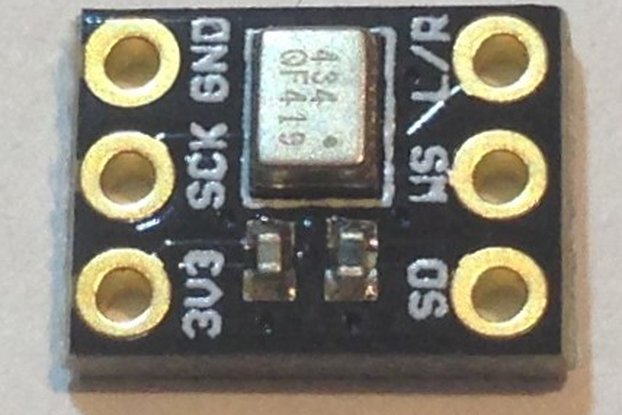
$5.95
Free Shipping!
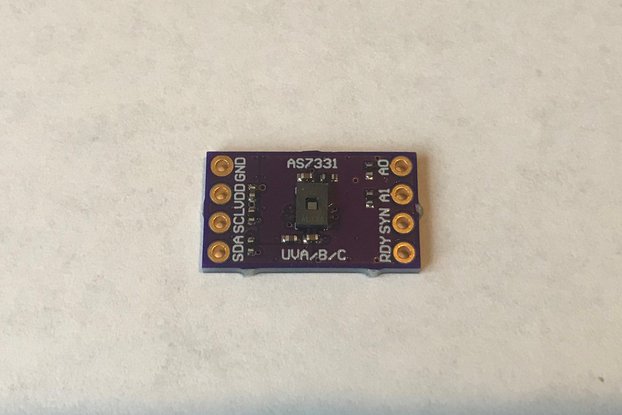
$35.95
Free Shipping!

$35.95
Free Shipping!

$49.95
Free Shipping!
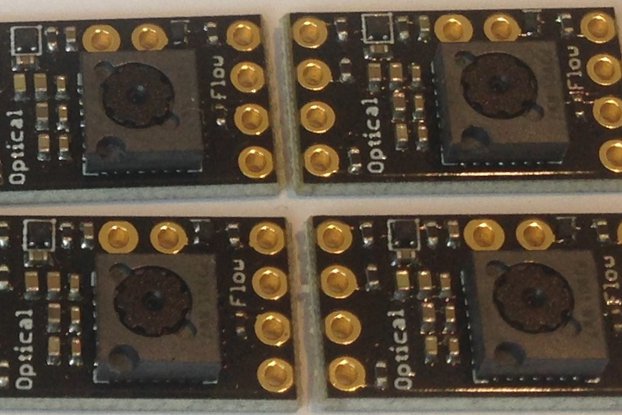
$29.95
Free Shipping!
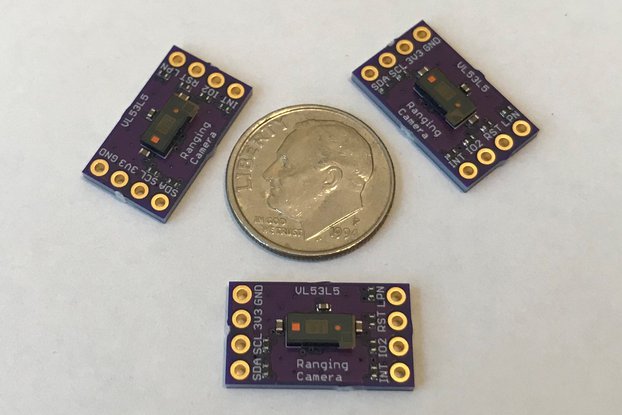
$19.95
Free Shipping!
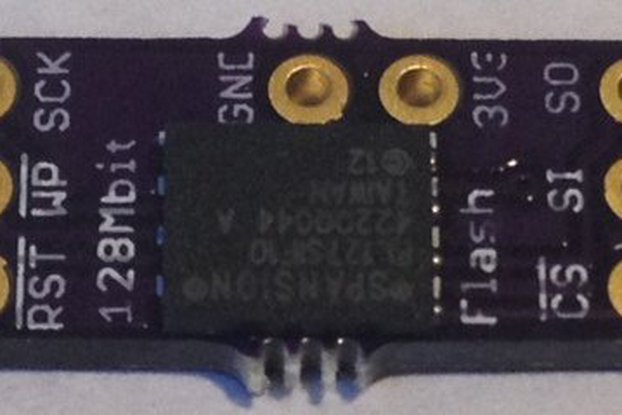
$12.95
Free Shipping!
By clicking Register, you confirm that you accept our Terms & Conditions
We recognize our top users by making them a Tindarian. Tindarians have access to secret & unreleased features.
We look for the most active & best members of the Tindie community, and invite them to join. There isn't a selection process or form to fill out. The only way to become a Tindarian is by being a nice & active member of the Tindie community!
